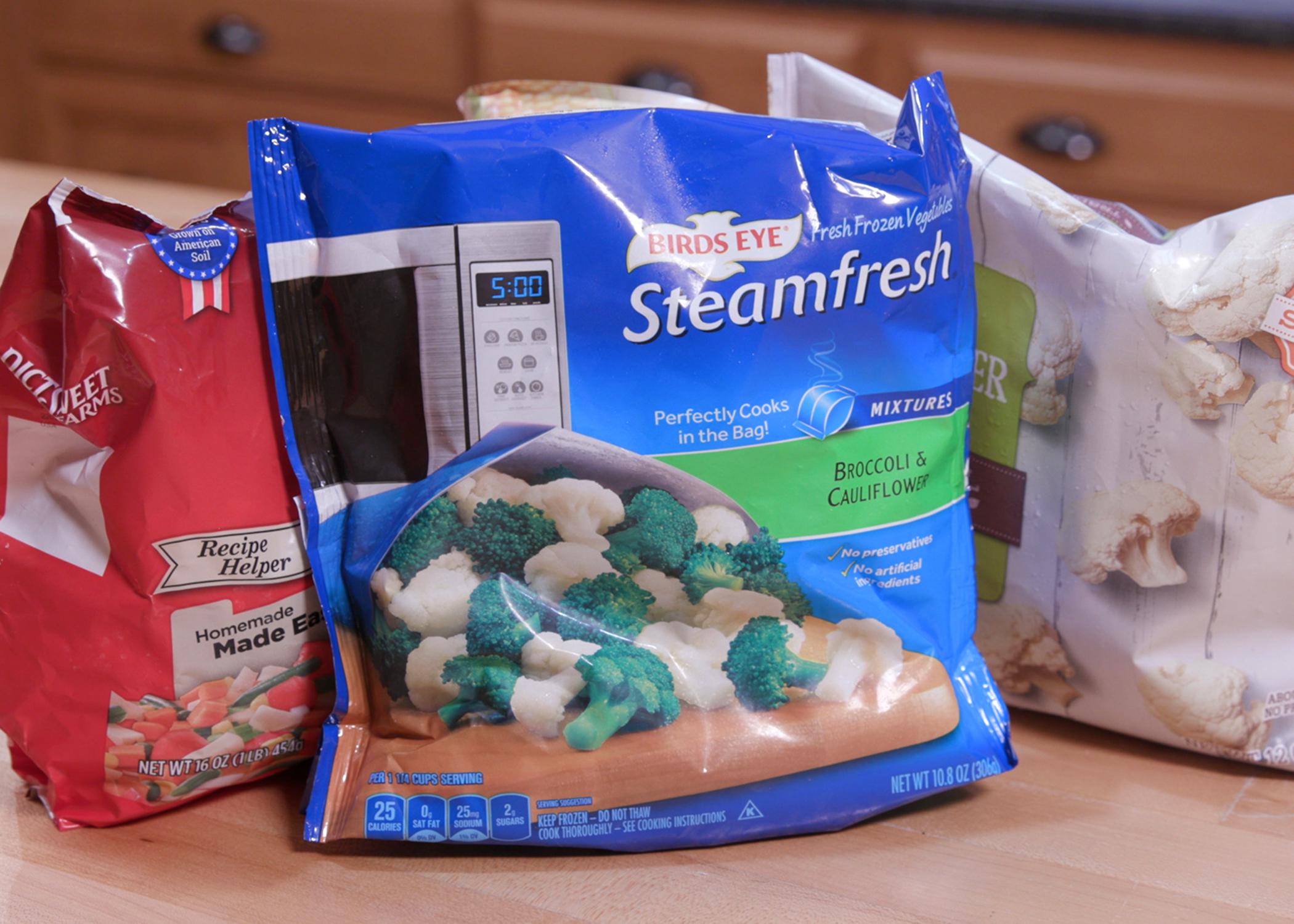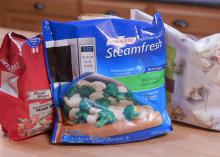Information Possibly Outdated
The information presented on this page was originally released on March 31, 2020. It may not be outdated, but please search our site for more current information. If you plan to quote or reference this information in a publication, please check with the Extension specialist or author before proceeding.
Cook at home to help stretch food budgets
RAYMOND, Miss. -- As workplaces implement social distancing measures to help slow the spread of COVID-19, some Mississippians face the frightening reality of lost or reduced income.
Many families will need to stretch their budgets a little more, and cooking at home can help.
“Eating at home is one of the best ways to save money on your food bill,” said Theresa Hand, a family and consumer science agent with the Mississippi State University Extension Service in Hinds County. “When you cook at home, you are in control of what you cook, how it is prepared and how much is served.”
It is important to plan and shop smart. Take time each week to plan your meals. If school has been postponed, remember children will be eating all their meals at home and take this into consideration. Try to plan meals around what items are on sale.
“Keep your meals simple. Choose recipes that have just a few ingredients and simple cooking methods,” said Hand, who is also the Extension county coordinator. “Cook extra servings of one or two entrees or sides, and use them later in the week for other meals or freeze them. You can also use leftovers to make a different dish later in the week.”
When shopping, look for items that are budget-friendly and the best value for your budget based on what you need. Choose canned or frozen fruits and vegetables if the comparable fresh items cost more or are out of season. Buy in bulk instead of purchasing single-serve packages, such as frozen dinners, or single items, such as potatoes and apples.
“Purchase large containers of crackers, yogurt, cottage cheese, carrots and other items, and make your own single-serving-size packages using reusable plastic containers,” Hand said. “You can also buy large portions of meat - whole chickens, large bags of chicken parts and family packs - and then divide these into smaller meal-sized containers and freeze them.”
Often, buying in bulk is less expensive, but not always. Check the unit price by dividing the total price by the number of units in the item. Units could be ounces, pounds, liters or some other unit of measurement, Hand said.
Natasha Haynes, family and consumer science Extension agent in Rankin County, suggests buying generic or store brands and using dried beans and fruits for some recipes.
“Dried beans and fruits can be easily stored and work well in recipes all year long,” said Haynes, who is also the host of The Food Factor, a digital platform she uses to share recipes and food and nutrition tips and information.
Always stick to the grocery list, eat a healthy snack before you hit the store, and shop the outermost aisles at the grocery store.
Another way to save money is to avoid food waste. Package and place perishable items in the refrigerator or freezer right after getting them home. Be sure to label all items with their contents and date, especially items that go into the freezer.
Haynes suggests families make a list of pantry staples they commonly use and buy those items when they go on sale throughout the year.
Extension Publication 3430, “A 14-Day Shopping and Meal Plan,” provides a shopping list and meal plan along with tips and recipes. Find it on the Extension website at https://bit.ly/2WoCCB6. For more easy and nutritious recipes, cooking tips and information, visit the food section of the Extension for Real Life blog at http://extension.msstate.edu/blog/food.
Extension Publication 1618, “When Your Income Drops,” can help families make a budget. Read it at https://bit.ly/3a7mFTV. Extension Information Sheet 1865, “Plan Your Spending When Your Income Drops,” explains how to reduce spending and deal with debt. Read it at https://bit.ly/2U3CMwh.
Find more tips and information on meal planning, budgeting and shopping on the U.S. Department of Agriculture SNAP-ED Connection website at https://bit.ly/3a3hsfL.










